Herbs are Ag
Let 's explore where mint, and some other herbs, get their start!
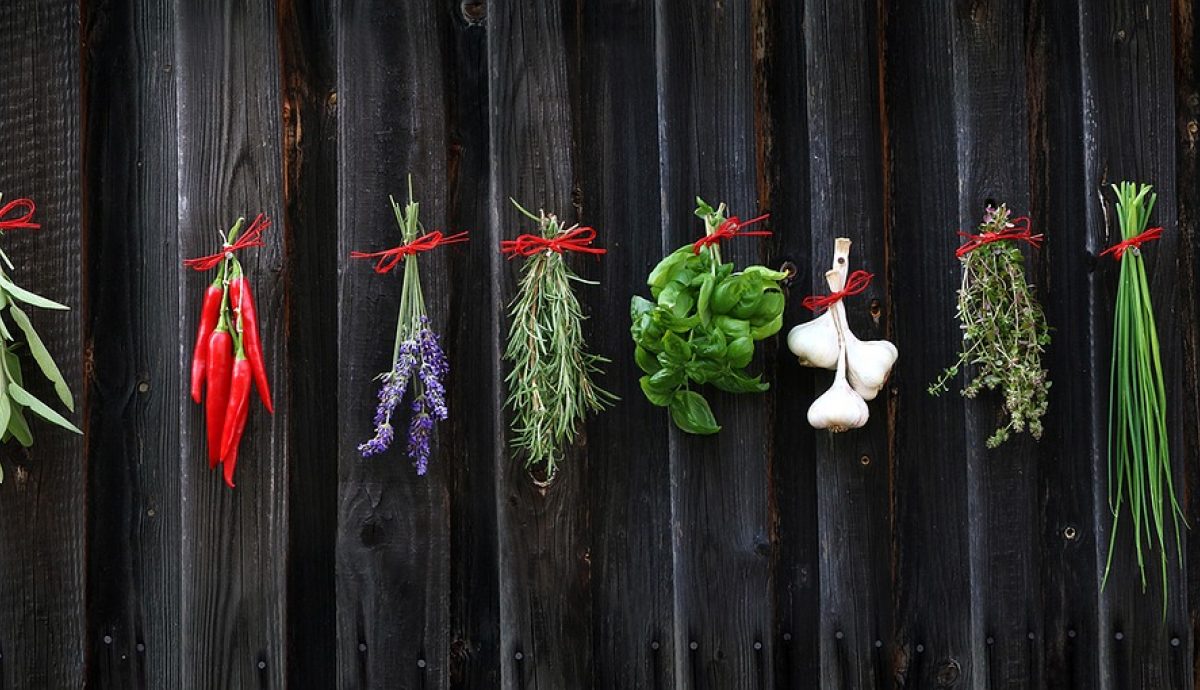
When you think agriculture do you ever think “toothpaste”? You should—that tingly fresh feeling you get after brushing your teeth comes from an herb called mint.
Let’s explore where mint, and some other herbs, get their start!
To begin, what is the difference between a spice and an herb? Spices are made from seeds, bark, flowers and roots of plants that have been dried and crushed. Herbs are leaves; most come from herbaceous plants or plants that don’t have woody stems, but not all!
Mint
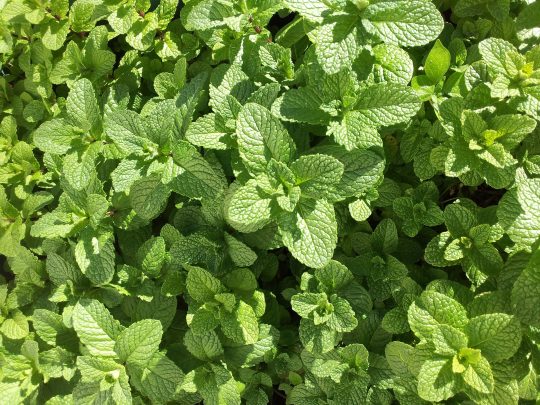
Mint is a perennial plant, meaning it lives more than two years. It is a fairly easy herb to grow with many people growing mint in their own gardens or in pots in their apartments. USDA classifies 13 species of the genus Mentha L. but the most commonly grown varieties in the U.S. are spearmint and peppermint! Both spearmint and peppermint have fuzzy leaves with jagged edges and produce pale lilac flowers.
Mint is used to flavor things like toothpaste, food and drinks, but also can serve as a natural pest deterrent in gardens.
Mint comes from farms!
Basil
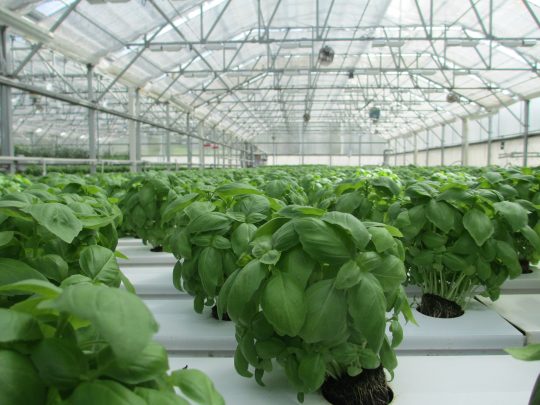
Basil is an annual herb and can be grown year-round indoors or in climates that don’t get much frost. This plant needs sun and heat to thrive! There are many different basil varieties but in general leaves are green or purple with smooth or lacy edges.
Basil leaves are a go-to in cooking for things like pizza or salads.
Watch this cool basil time lapse video!
Rosemary
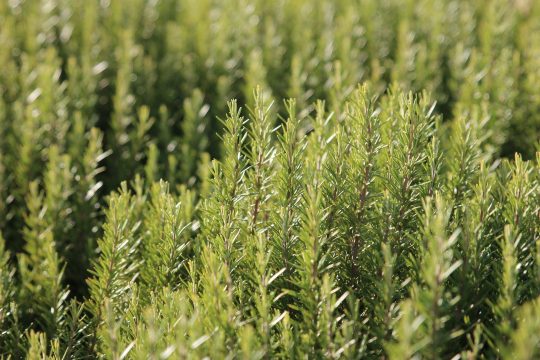
Rosemary is a woody-stemmed plant that has needle-like leaves that can reach 4-6 feet in height! While it can be grown from seeds, it grows much quicker from stem cuttings.
Rosemary has a very strong flavor and fragrance so a little goes a long way in cooking! It is often used in dressings or marinades and breads and pasta.
Check out this recipe for rosemary bread from Land O’ lakes.
Lavender
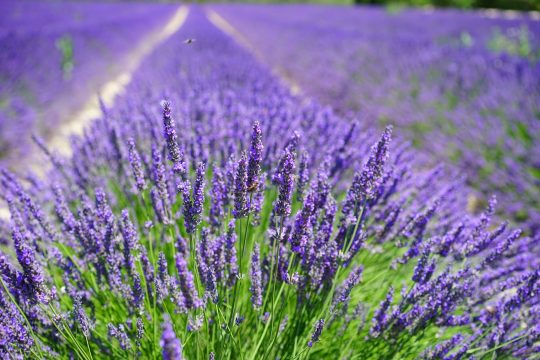
Lavender is a bushy perennial plant that grows from one to three feet tall. It has needle-like leaves and spikey flowers that are, you guessed it, lavender in color—though sometimes they are white! Lavender is sometimes used in teas or in bread-y foods. More commonly lavender is used for its scent. Lavender is used in aromatherapy because the fragrance is believed to help reduce stress and anxiety. It is also often used in soaps or potpourri.
This Ag in the Classroom lesson helps students learn the difference between a spice and an herb.
Want to learn more about herbs and spices, and other specialty crops? Look no further than our Specialty Crops Ag Mag!






